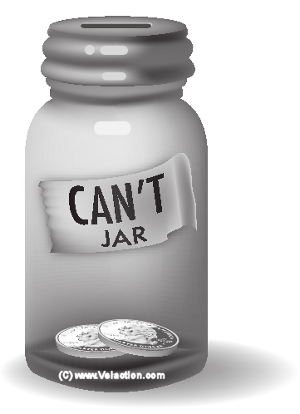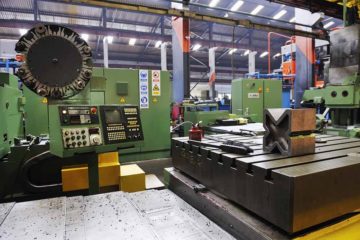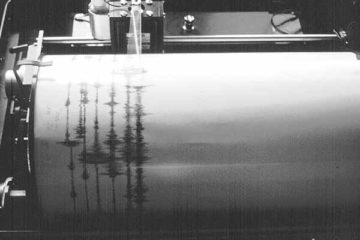Can’t
The word “Can’t” is not compatible with continuous improvement. It is surprising how many things that “can’t” be done get accomplished by people and teams when they actually try. “Can’t” becomes an excuse for not attempting. It also is frequently treated as gospel when people say something “can’t be done.” There is an old expression about “Those who say something can’t be done should get out of the way of those who are doing it.” Read more…



